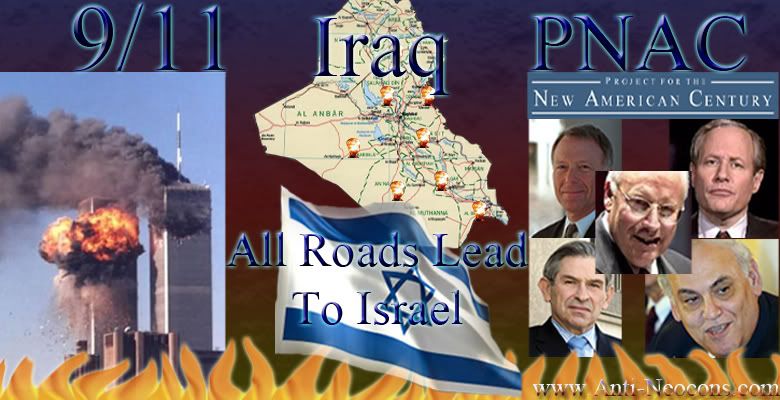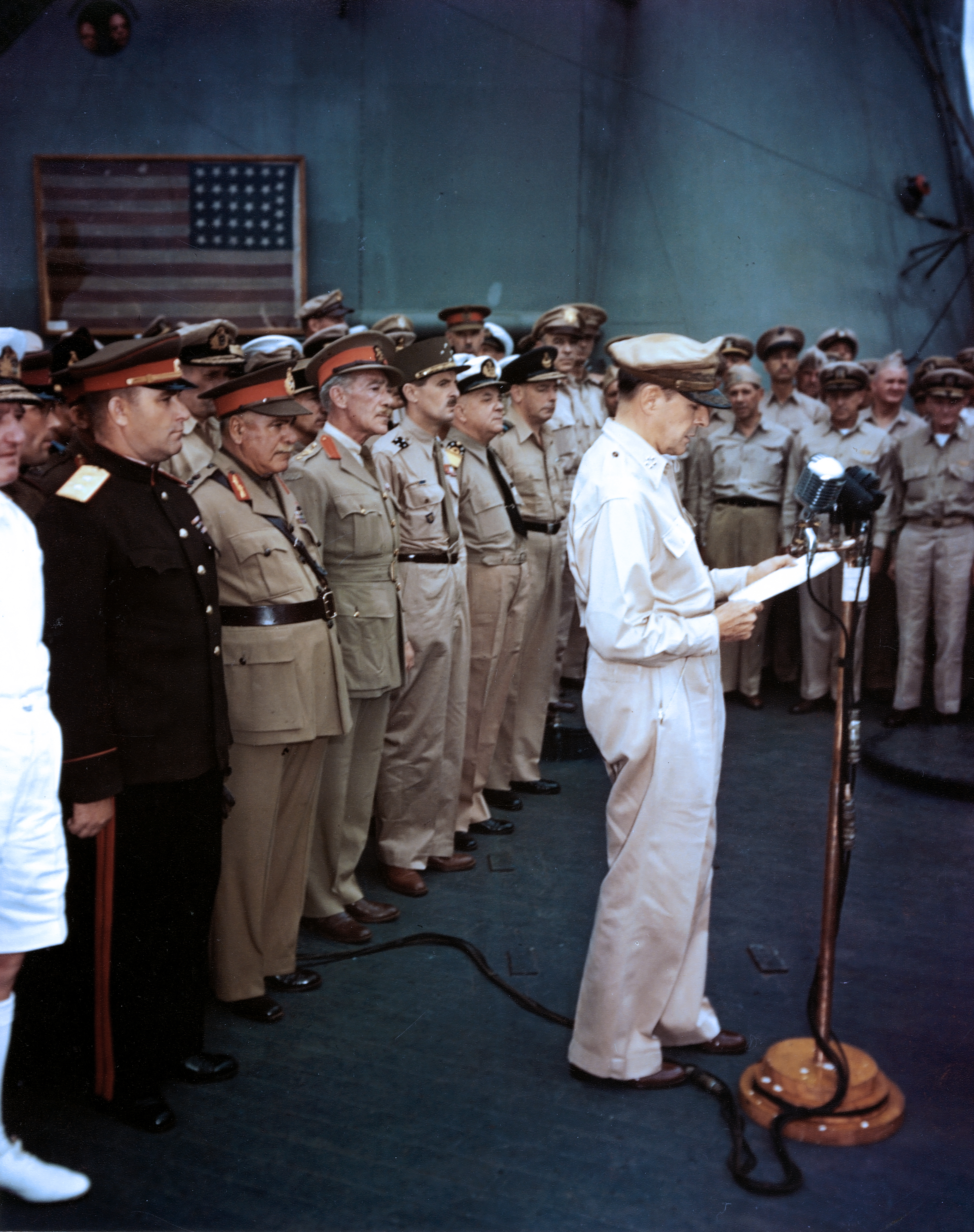"When I use a word," Humpty Dumpty said, in a rather scornful tone, "it means just what I choose it to mean, neither more nor less."
"The question is," said Alice, 'whether you can make words mean so many different things."
"The question is," said Humpty Dumpty, "which is to be master—that's all."
That seems to be Beijing's way of telling who is Chinese and who isn't, or what is a language and what is a dialect.
At the core of all of this Humpty Dumpty stuff is the myth of China's "peaceful rise." We hear that, in all of China's 4,000-year history, China has never invaded another country. If we believe that, we're supposed to conclude that China isn't going to start invading other countries now.
Let's take a quick look at China's 4,000-year history to see what, exactly, is meant by "not invading another country." China's first known dynasty was the Xia Dynasty, which ruled a small area along the Yellow River. They expanded over one of the world's largest land masses, not by consent but by conquest.
Let's take a quick look at China's 4,000-year history to see what, exactly, is meant by "not invading another country." China's first known dynasty was the Xia Dynasty, which ruled a small area along the Yellow River. They expanded over one of the world's largest land masses, not by consent but by conquest.
They conquered people of other cultures and who spoke other languages. Of course, that doesn't mean that the Chinese conquered non-Chinese peoples. By the Humpty Dumpty definition of Chinese, these conquered peoples, once conquered, retroactively became Chinese, and so did their ancestors.
These conquered peoples continued to speak their native languages, but their languages became known as Chinese dialects—not languages.
You may have wondered what the difference between a language and a dialect is. In the linguistics course I took while studying for a Master of Education degree, I learned that the difference is political rather than linguistic. Quite flatly, a language has an army.
To many people, Portuguese and Spanish are mutually intelligible. Hoklo (Taiwanese) and Mandarin (Chinese) are not.
Centuries ago, the people of present-day Portugal and Spain used the word fermosa to mean "beauteous." Today, they use the words formosa and hermosa. They're very similar, aren't they? Likewise, the languages spoken by aborigines such as Taiwan's Rukai, Japan's Ryukyu, and New Zealand's Maori speak mutually intelligible languages. The governments of their respective countries have determined that they are separate languages.
By contrast, Hoklo (Taiwanese) and Mandarin (Chinese) are said to be dialects of the same language. I speak only a few words of Taiwanese, but let's compare a few.
In Hoklo and Mandarin, respectively, "Have you eaten?” is translated, "Jia peng?" and "Ni chr guo le ma?" The words for "Bottoms up," for drinking are, "Ho da la," and "Gan bei." There is, however, some similarity in the words for, "Thank you;” they are, "Gam Sha,” and "Gan Hsieh." Taiwanese and Chinese are as different as English and German. That they're called the same language is a political decision backed by armies.
Now that we've covered that point, let's get on to the question of who is Chinese and why.
That, too, is a political decision. Chinese history (defined as a set of lies, agreed upon) tells us that the Great Wall of China was built to keep the hated foreigners—specifically, the Mongolians—out. Have you ever noticed that the Great Wall of China was built hundreds of miles south of the Chinese-Mongolian border? Why is that?
That, too, is a political decision. Chinese history (defined as a set of lies, agreed upon) tells us that the Great Wall of China was built to keep the hated foreigners—specifically, the Mongolians—out. Have you ever noticed that the Great Wall of China was built hundreds of miles south of the Chinese-Mongolian border? Why is that?
From 1644 until 1912, China was ruled by Mongolians known as the Ch'ing Dynasty or, alternately, the Manchu Dynasty.
When Sun Yat-sen was raising funds to overthrow the Ch'ing Dynasty, one of his biggest selling points was the need to overthrow China's "foreign" rulers. Once the Ch'ing Dynasty was overthrown, the Mongolians retroactively became Chinese. In fact, the first flag of the Republic of China was a barred, five-color banner: one color for each of the ethnic groups ("five races," as Dr. Sun called them) of China.
When Sun Yat-sen was raising funds to overthrow the Ch'ing Dynasty, one of his biggest selling points was the need to overthrow China's "foreign" rulers. Once the Ch'ing Dynasty was overthrown, the Mongolians retroactively became Chinese. In fact, the first flag of the Republic of China was a barred, five-color banner: one color for each of the ethnic groups ("five races," as Dr. Sun called them) of China.
I hear ad nauseum that Taiwanese are Chinese because they're descended from the Han people of China. That rationale has several major problems.
For one, Koreans and Japanese are of the same racial stock as the Han Chinese, and they are three separate nations. China, Japan, and—until fairly recently—Korea used the same writing system, though with some differences.
The Chinese word for Korea is Han Guo (韓國), which is the same name as one of the Chinese kingdoms during the Warring States Period. The Korean surname Han and the word for Han (Chinese) are the same: 漢, though the surname may also be written as 韓. The Japanese written character for an administrative division is the same: 漢. From these examples, you can easily see the close ethnic connections, and formerly close political connections, among China, Japan, and Korea.
A study of how these three Han peoples became three separate nations should give us a warning as to Beijing's intentions for them.
Korea was once controlled by China. One of the conditions of China's defeat in the Sino-Japanese War (1894-95) was the independence of Korea. In 1910 Japan annexed Korea and didn't let go until after World War II. Traditionally, Chinese regimes have looked upon the Japanese as "Pygmies." That is to say, they've seen them as undeserving upstarts who must be kept in their place.
The people of Tibet and East Turkestan (the Uyghurs of so-called Xingjian Province) are not of Sino-Japanese ancestry; so how can Beijing claim them as Chinese? Of course, the definition of Chinese must change to accommodate that state of affairs.
Tibet and East Turkestan are said to be Chinese because, at one time in the distant past, both countries had been occupied by China. Any parcel of land that has ever fallen under Chinese control for even a minute is considered "an inseparable part of China." On that ground, Beijing is now making noises about taking over parts of India.
One may be forgiven for wondering what Beijing would say about the conquests of Genghis Khan, which extended all the way up to the eastern border of present-day Hungary. Genghis Khan was a Mongolian who had also conquered China. Was he retroactively Chinese, and does that make all his conquered territories "inseparable part[s] of China"?
Hmmm, here's a thought: Southern Mongolia is considered Chinese, but northern Mongolia (on Russia's post-World War II insistence) is not. No explanation is given for this contradiction.
You knew I'd get around to Taiwan, didn't you? For most of Chinese history, China took no interest in Taiwan. For the first half of the 17th century, Taiwan was ruled by the Dutch. China finally took an interest in Taiwan after Koxinga (国姓爷), a half-Chinese, half-Japanese pirate, kicked the Dutch out of Taiwan. He then used Taiwan as a base in an attempt to overthrow the other hated foreigners, the Manchu Dynasty.
During the Ch'ing Dynasty (those hated foreigners, remember?), much of Taiwan came under Chinese rule. In 1886, Taiwan officially became part of China. In 1895, Taiwan was transferred to Japanese sovereignty. Thus, from the mists of antiquity until 1945, Taiwan was never under Han Chinese rule—ever—and it was never under Han Chinese sovereignty—ever.
How can the word Chinese be stretched to include Taiwanese? Well, according to the Humpty Dumpty definition of Chinese, anyone of Han ancestry is Chinese and therefore subject to Beijing's rule. That is, except citizens of Singapore, San Francisco's Chinatown, Japan, Korea, and other places where it would be ludicrous to bring up that argument. (Of course, it would also be ludicrous to bring up that argument in Tibet, Inner Mongolia, and East Turkestan.)
If this is true—apart from the two hundred million exceptions I've just mentioned—what about the English in Hong Kong and the 499,500 aborigines in Taiwan? Well, the English in Hong Kong, having been conquered, are now retroactively Chinese. Besides, they've conveniently been swept down a memory hole.
Taiwan's aborigines are a bit more problematical. They're still relatively free—except when politically connected investors want to take their land and dump toxic wastes on it. Even if they're not treated as human, they're free to elect pampered, elitist politicians who claim to "see them as human.”
After Chen Sui-bian, a native Taiwanese, was elected president of Taiwan in 2000, the butchers of Beijing had to face that very issue. Chiang Hui-mei (張惠妹), affectionately known as A-mei (阿妹), was invited to sing at Chen's inauguration. A-mei, the second most popular Chinese-language singer of the past 30 years or so (Teresa Teng (鄧麗君) was the most popular), is an ethnic Puyuma—one of Taiwan's fourteen recognized aboriginal groups.
Her presence at the inauguration of a Taiwanese president who refused to toe Beijing's line came as a shock to the butchers of Beijing. It was a living reminder that Beijing's ethnic argument for Taiwan had 499,500 holes in it. For two years after A-mei sang at President Chen's inauguration, Beijing banned her from entering China.
 "Reclaiming" Taiwan, as if Taiwan were ever ruled by the so-called People's Republic of China (the butchers of Beijing) is often called "a sacred mission." How can professed atheists speak of a sacred mission?
"Reclaiming" Taiwan, as if Taiwan were ever ruled by the so-called People's Republic of China (the butchers of Beijing) is often called "a sacred mission." How can professed atheists speak of a sacred mission?In all of these shaky and shifting rationales for defining unwilling people as Chinese, one thing is missing: the consent of the governed. For the butchers of Beijing, the Humpty Dumpty "authority" to define Chinese doesn't come from any dictionary; it comes from the barrel of a gun.
































